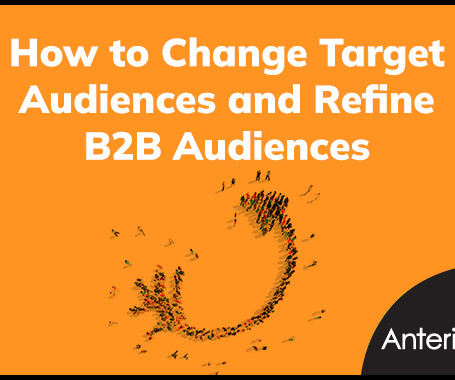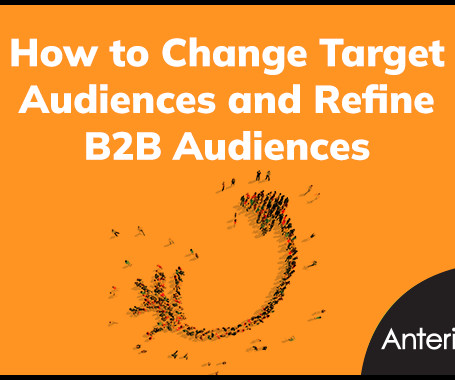102 Compelling Social Media and Online Marketing Stats and Facts for 2012 (and 2013)
Webbiquity
JANUARY 2, 2013
B2B buyers are most likely to share useful vendor content via email (79%), followed by LinkedIn (53%), Twitter (39%) and Facebook (18%). Women make up the larger share of users on Facebook (58% to 42%) and are a slightly larger share on Twitter (52% to 48%) while men are the predominate users of LinkedIn (63% to 37%) and Google+ (71% to 29%).















Let's personalize your content